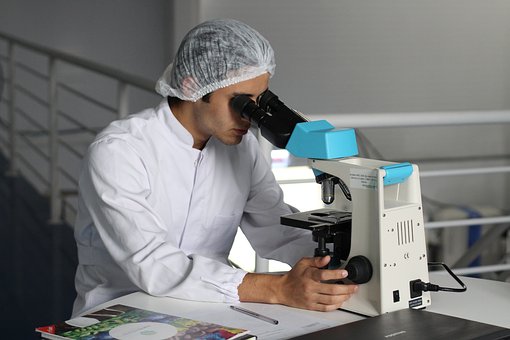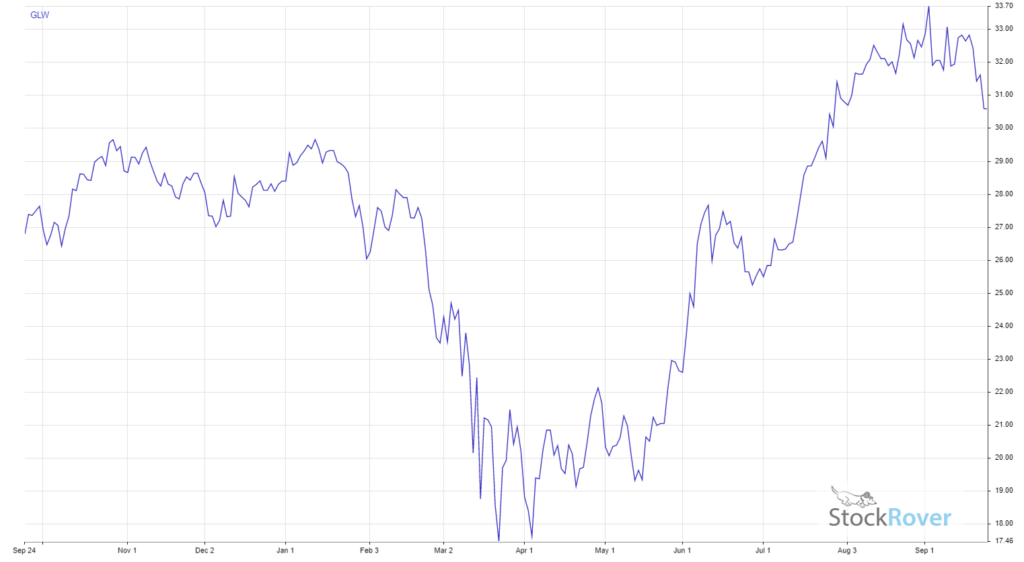Let’s say a successful coronavirus vaccine is created. Great, right?
Yes, of course. But it turns out that is the easy part. The truly difficult task—global distribution of the vaccine—will still lie ahead..
The New York Times described it perfectly: “Companies may have to transport tiny glass vials thousands of miles while keeping them as cold as the South Pole in the depths of winter.”
Many of the leading vaccine candidates at this point—including those mRNA vaccines from Moderna and Pfizer/BioNTech— need very cold temperatures to remain viable.
Moderna’s vaccine needs to be shipped and stored at -20° C -4° F), while the Pfizer/BioNTech one needs to be at -70° C (-94° F). That’s because the genetic materials they are made from fall apart when they are thawed.
The Moderna vaccine is challenging enough because it must be stored at a freezer temperature instead of a refrigerator one. But only a few biology research labs currently have freezers that can get as cold as required for the Pfizer vaccine.
That means you’re not going to find such a freezer at your local pharmacy or doctor’s office, and President Trump’s goal of vaccinating many Americans by April is a pipe dream.
Note: the good news is that CureVac said its vaccine can likely be stored in a regular refrigerator, and that it was confident final data on durability would be “competitive.” The AstaZeneca vaccine is similar.
Vaccines and Logistics
Research from the consultancy firm McKinsey and the German logistics company DHL point out the logistics problem of distributing coronavirus vaccines.
Planes, trucks and warehouses will need to be retrofitted with ultra-cold freezers. Someone will need to make these freezers as well as lots of dry ice. Not only that, but because glass often cracks in extreme cold temperatures, special glass vials will also need to be manufactured to hold the vaccine.
That means as much as two-thirds of the world’s population might not have easy access to a coronavirus vaccine.
The world has vastly insufficient “last-mile” cooling facilities in the final delivery stages. The regions that most lack storage at clinics are large parts of Africa, Asia, and South America.
This is why the World Health Organization says that half of all vaccines are normally wasted due to refrigeration failure.
Existing “cold-chain” infrastructure—that enable temperatures to be controlled throughout the delivery process— is only enough to bring a frozen vaccine to 2.5 billion people. The research paper added that most of these people lived in one of just 25 developed countries.
If some of the vaccines developed could be stored at between 35°F and 47°F, it would allow for more of the world’s population to be reached using current infrastructure. About 70% of the population ( roughly five billion people) would then have access to a coronavirus vaccine.
What Companies Will Benefit?
So what companies will be the winners in the vaccines logistics challenge?
Not surprisingly, two of the winners will be the logistics giants United Parcel Service (UPS) and FedEx (FDX).
These companies already have a network of freezers that they use to ship perishable food and medical supplies, including vaccines for other illnesses.
Both UPS and FedEx are rapidly expanding their capabilities in this area: UPS is constructing a “freezer farm” at its main U.S. hub in Louisville, Kentucky. The facility will be able to store millions of doses at subzero temperatures. Creating an entire warehouse that could maintain that deep of a freeze would have been too complex and costly. So instead, UPS is investing in rows of industrial ultra-cold freezers— each capable of holding 48,000 vials—inside of an existing warehouse.
Free Download: Beginner’s Options Guide [ad]
Fedex has been expanding its freezing capabilities since 2009, amidst fears of the H1N1 virus. In the years since, FedEx has expanded its supply of freezers and worked with the Federal Aviation Administration to win approval for its planes to carry more dry ice. Now the company is adding freezers to facilities in the U.S. and Europe, where they’ll be able to maintain temperatures as low as -80° C.
Fedex also has expanded the number of machines, located in warehouses, that make dry ice. UPS is moving in this direction as well.
Another likely winner is the 169-year old glass maker Corning (GLW), which has a solution to the glass vial problem.
Corning will make millions of vials with a new type of pharmaceutical-grade glass that can withstand the lowest temperatures. In June, the government awarded the company a $204 million contract to increase its production of the special vials.
This new glass is also made without boron. This common ingredient in conventional glass can lead to contamination of whatever is in the vials, which would be a disaster.
Corning now says it is on track to start producing hundreds of millions of glass vials in 2021.
While the stocks of both UPS and FDX have done well this year, Corning’s stock still lags and may be worth a look.







